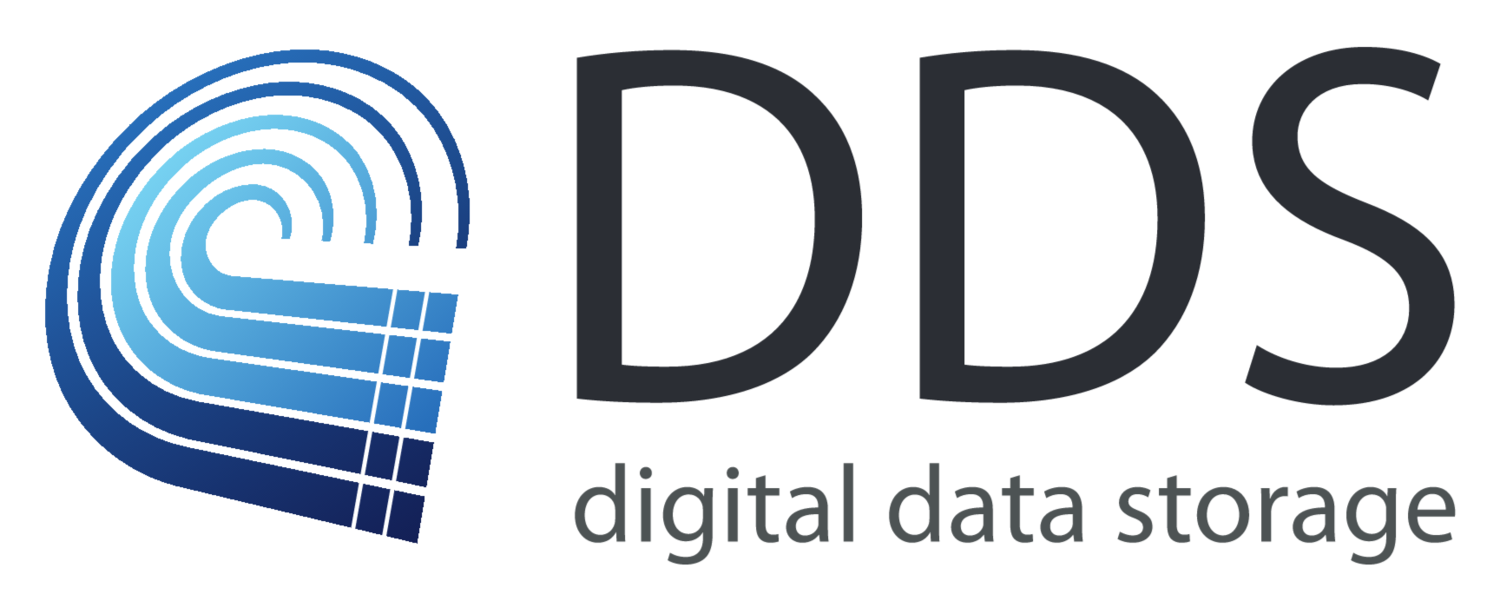Fujitsu Fetex 150 Magnetic Tape Emulation
History
Fujitsu is a Japanese technology company with 170,000 employees and operations in over 100 countries. Fujitsu was heavily involved in rebuilding Japan's telecommunications infrastructure after WWII and moved into solid state electronic exchange switching, with their fully digital Fetex-150 system installed in Singapore in the early 1980s.
Installed Base
Fetex 150 systems are found in Japan, throughout Asia and also in Africa.
The Fetex 150, like all products of its vintage, relies on magnetic tape drives for backup and billing data transfer. Since these devices are now failing and are difficult to maintain, Fujitsu Fetex 150 Magnetic Tape Emulation is becoming a necessary technology to keep the exchanges in operation. The DDS provides this functionality to all types of Fetex 150 exchanges.
Technology
Fujitsu's Fetex 150 uses two different types of magnetic tape drive: an older proprietary interface and a newer interface based on differential SCSI. The interfaces have virtually nothing in common.
The DDS can emulate both of these interfaces without the use of an adaptor card or additional cabling: all signals are interpreted and generated within the DDS.
Installation
Installation of DDS into Fetex 150 exchanges is straightfoward. There is no need for software reconfiguration and no adapters need to be added or changed on the exchange.
In fact, the swap-out can be done while the switch is live, after putting the legacy tape drive out of service from the console. This greatly simplifies the installation procedure, and makes it practive for it to be performed by operator technicians if required.
The DDS is physically smaller than the Fetex 150 MTUs and can easily fit within the space used by the legacy tape drives. The -48V supply used by the FETEX 150 can be passed through directly to the DDS without the need for power adapters and the like.
Existing data on tapes can be transfered to the DDS using the Fetex exchange. Since the DDS supports multiple virtual tapes it is common to store a failsafe backup during installation to permit fast exchange restart in an emergency.
The DDS supports many advanced feature which can be deployed as part of the installation process. For example, an available IP network can be used to securely transfer billing data directly from the DDS to the billing system in real time, something that is not possible using the legacy tape drivers. DDS features such as the estimated time of backup/restore completion are also very useful for operations.
Training
Given the plug-and-play nature of the DDS's Fujitsu Fetex 150 Magnetic Tape Emulation system, training is normally completed in a single day at a test exchange. In conjuction with our local partner, our experienced engineers run through the normal operating procedure and deal with questions and suggest operational optimisations made possible by the newer DDS technology.
The use of SD cards instead of tapes, and an easy-to-use touch screen front panel provide technicians with an exciting and morale-boosting update to their working environment, without adversely impacting existing processes and procedures.
Support
The full potential of DDS's Fujitsu Fetex 150 Magnetic Tape Emulation solution is often only realised some months after installation when operations can fully appreciate the flexibility available. For example, network-based data transfer and billing / mediation may be a foreign concept at the exchange level.
Our skilled engineers can assist with post-installation support and procedures improvements months or years after installation. The DDS is a solid base on which to build improvements, reducing the influence of human error and freeing up technicians to perform essential maintenance and reconfiguration work.


